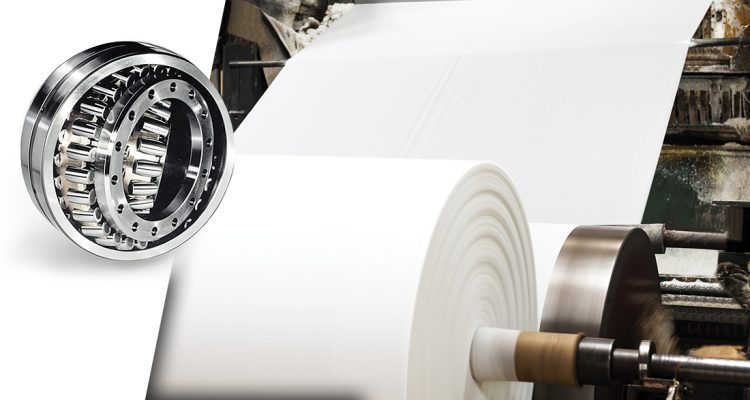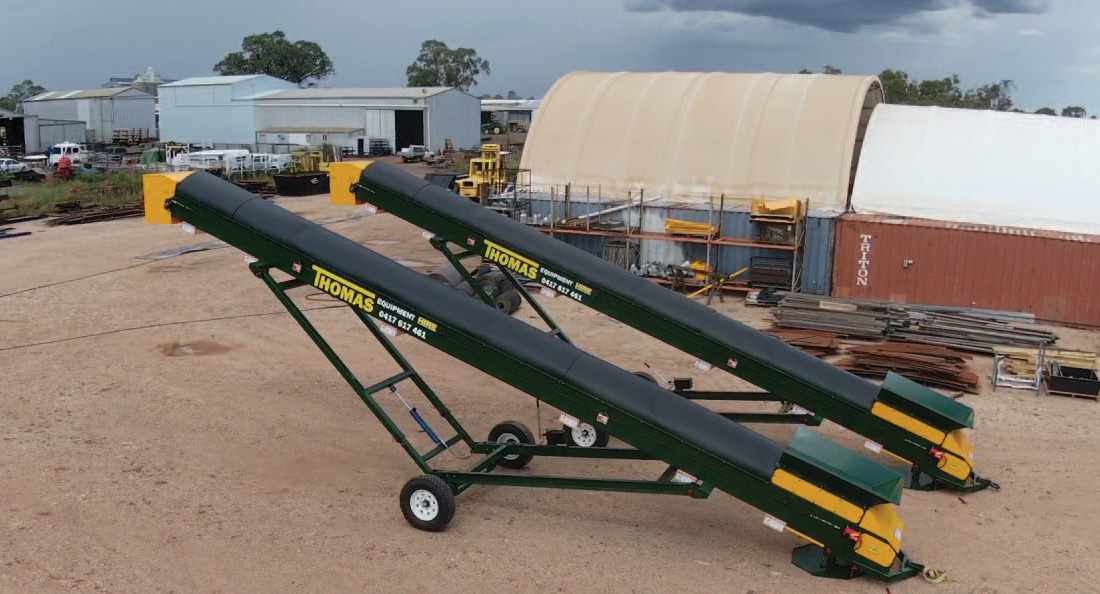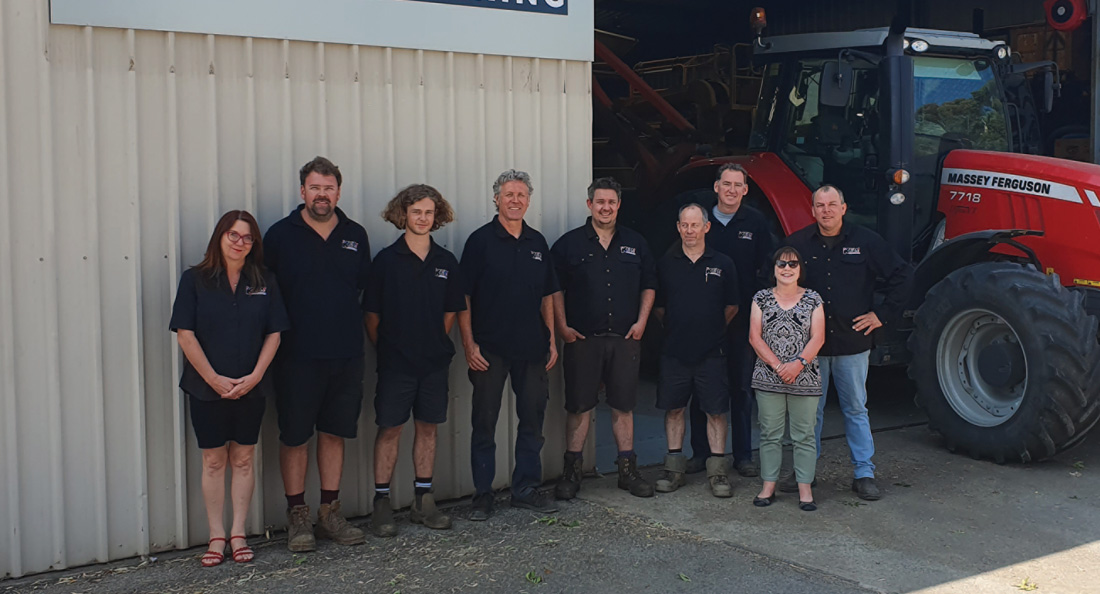The papermaking industry is diverse and plays an important role in Australia’s manufacturing landscape. A production pipeline encompassing forestry, wood processing, pulp and paper mills calls for varying skills and equipment designed to combat application-specific challenges.
After treated pulp is pressed into long sheets, it is fed through large steam-heated dryer cylinders, removing any excess water and bonding the fibres into a more stable structure. According to Nitin Verma, Industrial Business Development Manager at NSK Australia, the key challenge with this process arises when trying to maintain uniformity of thickness across each sheet.
“Because the machinery structures are so large, the load on each bearing is extremely high,” he says. “The paper needs to lie flat from end to end between the rollers, but it can sometimes buckle in the middle, creating a variance in thickness in different areas of the sheet.”
“We combat this by fitting the machines with our tailored NSK Spherical Roller Bearings that are known for their ‘triple ring’ design that is specialised for the pulp and paper making industry,” explains Nitin. “This involves adjusting the outer roll crown shape – also known as the ‘crown control roll’ on the steam machinery, which is responsible for regulating the thickness of the paper during the heat treatment. From there, oil pressure is used internally to change the crown shape.”
An engineer by trade, specialising in industrial problem-solving, Nitin has been collaborating with large plants in Australia’s paper-making industry for over ten years. Working alongside Motion Australia’s product experts, he implements these types of solutions to offer higher rates of machine reliability.
“The NSK Triple Ring Spherical Roller Bearings were designed and manufactured to improve the paper thickness variation on crown control rolls,” he enthuses. “They feature quite a unique design of three rings rather than the conventional two rings, making them somewhat complex to manufacture.
Additionally, the optimal structure design makes mounting and lubrication even easier, with holes and grooves positioned on both the inner and outer rings. Nitin cites one particular customer who has leveraged on this approach across multiple units with outstanding results.
“As a large plant with high production rates, it’s saved them greatly in downtime and the associated cost,” he says. “They have seen the long-term benefits of our partnership with Motion Australia, who work to ensure supply availability, distribution and work with NSK to provide a full-spectrum solution.”
According to Nitin, the two teams are closely engaged with the local papermaking industry, often performing joint site calls, and offering training and education to plant engineers, fitters, and operator on site.
“It’s less about people simply calling up and quoting an item number. We aim to provide an end-to-end service that encompasses an understanding of the complexities of each application, making sure the user is getting the best possible outcome that will serve them long-term.”
Part of this commitment involves a root-cause analyses programme, he furthers, where units are collected and sent to NSK’s technical centres for inspection should failure occur. This includes a detailed recording with the goal of eliminating any future issues presented by the same cause.
“This is an industry where things move fast, so we can’t afford to cut corners in any respect,” Nitin points out. “Our experience in papermaking – across Australia and other countries – along with our extensive research initiatives allow us to see the big picture and create a trusted, high-performance product.”




